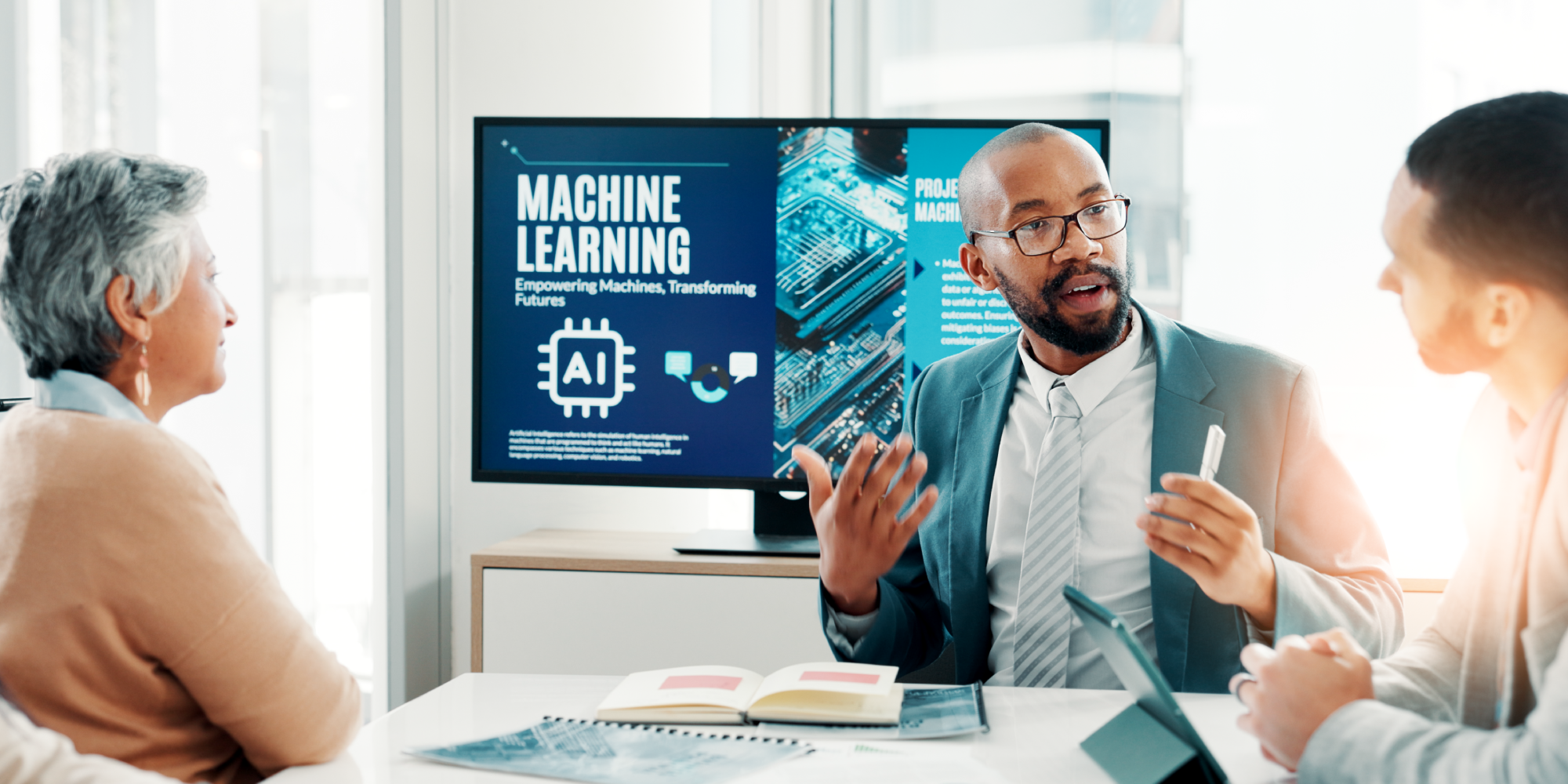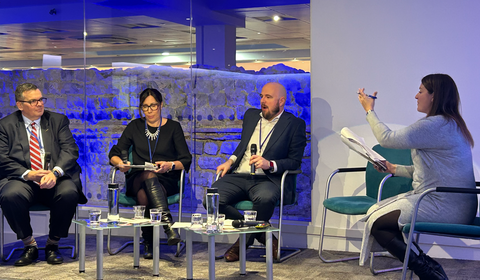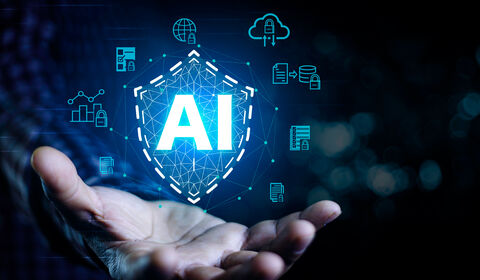For decades, small, straightforward claims have been the entry point for new adjusters. These cases offered a manageable way to learn the ropes: understanding policy language, assessing damage, negotiating settlements and building the kind of judgment that only comes from experience. This was the sandbox where confidence was built, and instincts were sharpened.
As artificial intelligence increasingly can assist routine claims with triaging, estimating and even supporting settlement decisions, the traditional training ground is shifting. This isn’t a matter of adjusters being replaced; it’s about adjusters learning to work alongside AI. The technology becomes a partner, enhancing decision-making, flagging inconsistencies and speeding up administrative tasks. The role of the adjuster will be to interpret, critique and improve what AI produces, applying human judgment where nuance and empathy matter most.
So, what happens next?
If AI is taking on some of the basics, then training must go deeper and faster. Development periods may extend, with new adjusters spending more time shadowing experienced colleagues, practicing in simulated environments and reviewing cases collaboratively. Mentorship will become a structured pathway, not just a support system. New adjusters may also be introduced to complex claims earlier but with AI-assisted guidance to help them succeed.
Onboarding will be just as critical. With the traditional sandbox of small claims narrowing, new adjusters must still see a clear path forward. Without visible progression, organizations risk disengagement and turnover. Training should be paired with well-defined progression plans that show how adjusters can advance in their role.
The Insurance Institute of Canada’s report on AI and Big Data notes that these technologies are expected to reshape the industry over the next decade, enhancing service and operational efficiency while helping insurers prevent losses.
What does the response look like?
Crawford is already preparing and adapting for the future of claims management. As AI related technologies continue to evolve, we are proactively adapting our training programs so that our adjusters are well equipped – when and where they are permitted. From virtual courses to hands-on sessions, the focus is shifting toward immersive, scenario-based learning. These programs blend technical skills with soft skills like communication, empathy and leadership, skills that AI can’t replicate.
We’re not just teaching people how to use software. We’re helping them understand how to lead through change, manage stress and make decisions that reflect our values and our clients’ needs. It’s not just about teaching systems, it’s about building judgment, resilience and adaptability. We’re looking at longer development periods, closer mentoring and earlier exposure to complex work. It’s a shift, but it’s also an opportunity to raise the bar.
In short, the sandbox is changing but the need for skilled, thoughtful adjusters isn’t going away. It’s evolving into a collaborative model. With the right training, clear progression and strong mentorship, the next generation will be ready for that shift.



